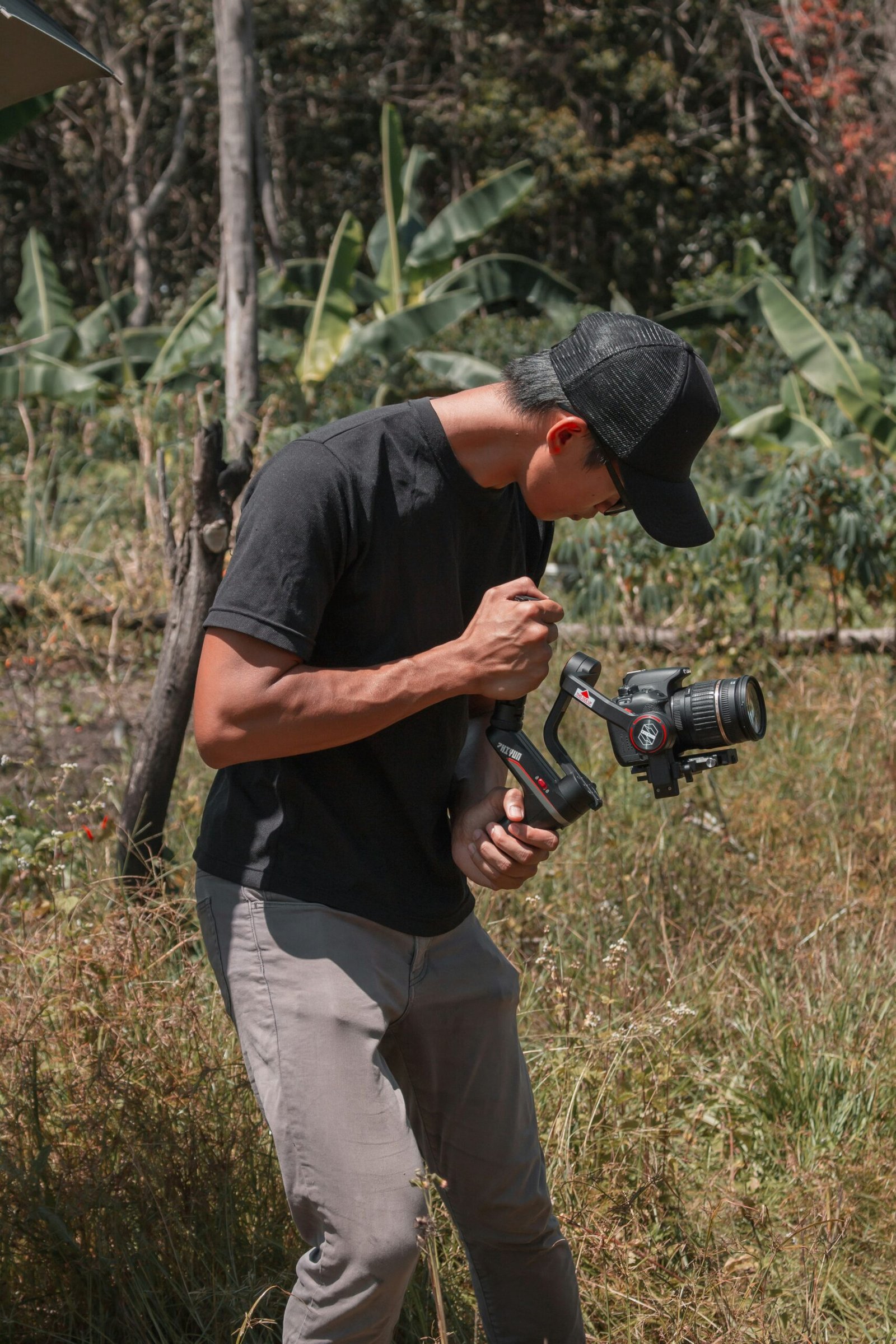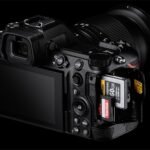10 Expert Tips For Mastering Bokeh In Photography Today
10 Expert Tips for Mastering Bokeh in Photography Today. As a photographer, you’re always looking for new ways to elevate your craft and create stunning images that stand out. One technique that can take your photography to the next level is mastering bokeh. When used correctly, this technique can add depth and dimension to your photos, making them truly captivating. But how do you capture the perfect bokeh effect? In this blog post, we’ll share 10 expert tips that will help you master bokeh in photography today. Whether you’re a seasoned pro or just starting out, these tips are sure to take your photography skills to new heights. So grab your camera and let’s get started!
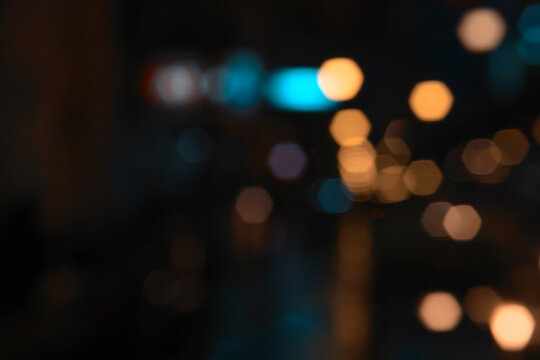
Understanding Bokeh: The Basics Every Photographer Should Know
Bokeh is a popular photography technique that creates a blurred background effect, making the subject stand out. To achieve this effect, you need to have a shallow depth of field, which means that only a small portion of the image is in focus while the rest is blurred. Understanding how bokeh works and how to create it can take your photography skills to the next level.
Bokeh is created by the way light interacts with your camera lens. The shape and size of the aperture in your lens determine the quality and quantity of bokeh in your photos. A wider aperture (lower f-stop number) will create a shallower depth of field and a more pronounced bokeh.
It’s important to note that not all lenses are created equal when it comes to creating bokeh. Prime lenses with wider apertures tend to produce better bokeh than zoom lenses. Additionally, lenses with longer focal lengths can create more pleasing bokeh effects.
Understanding these basics of bokeh will help you take better photos and make more informed decisions when choosing your equipment and settings.
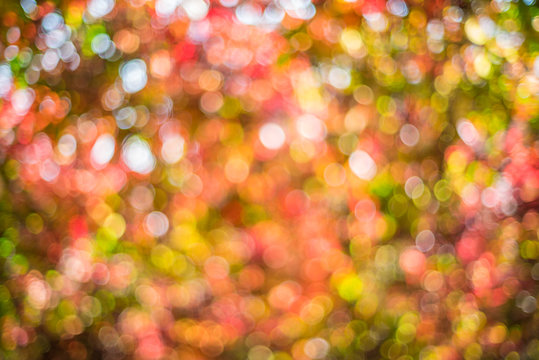
10 Expert Tips to Improve Your Bokeh in Photography
Bokeh is a popular technique used by photographers to create stunning images. However, not all bokeh effects are created equal. To achieve those creamy blurred backgrounds and dreamy out-of-focus highlights, here are ten expert tips to improve your bokeh game:
- Use a Fast Lens: A lens with a low aperture such as f/1.8 or f/2 helps create a shallow depth of field and produce beautiful bokeh.
- Get Closer to the Subject: The closer you are to your subject, the shallower your depth of field will be resulting in a better bokeh effect.
- Keep Distance from Backgrounds: Ensure there’s ample distance between your subject and background for more pronounced blur.
- Choose Interesting Backgrounds: Choose backdrops with interesting textures or patterns that can enhance the visual appeal of your image’s bokeh effect.
- Pay Attention to Light Sources: Positioning bright highlights like street lamps or Christmas lights behind subjects adds interest and dimensionality to images featuring great-looking bokeh.
- Shoot During Golden Hour: Shooting during golden hour when light is softer yields a more pleasant-looking blur than harsh daylight conditions
- Try Different Lenses: Experiment using different lenses – prime lenses generally have wider apertures but zoom lenses may come equipped with certain features specialized for capturing amazing detail-rich killer shots!
Avoid Smaller Apertures & Diffraction Limitations: Setting narrow apertures like ${f}/{11}$ restricts how much light passes through the lens reducing the amount of available creative control over desired blurring effects thus limiting flexibility; diffraction becomes increasingly noticeable at small apertures after critical sharpness limits have been reached which can impact photo quality so it’s important to stick within safe limits without sacrificing artistic expression
- *Manual Focus vs Auto-Focus*: Manual focus lets you fine-tune every aspect whereas auto-focusing algorithms may struggle to track moving subjects when trying too hard producing lackluster results – experiment depending on context though always best practice should be aware of what works well under given circumstances while keeping eyes peeled ready opportunities unfold
- *Post-Processing Techniques*: Enhance an image with post-processing software! Adding extra tweaks such as sharpening or desaturating specific parts where necessary goes a long way in transforming bland productions into vibrant masterpieces
 10 Expert Tips for Mastering Bokeh in Photography Today
10 Expert Tips for Mastering Bokeh in Photography Today
Mastering Shallow Depth of Field for Stunning Bokeh Effects
To achieve stunning bokeh effects, mastering shallow depth of field is crucial. Aperture plays a significant role in creating bokeh, and a wider aperture such as f/1.8 or f/2.8 will produce a shallower depth of field and more pronounced bokeh. Distance also affects the depth of field, so getting closer to your subject while maintaining a safe distance is recommended.
Another factor to consider is focal length. Longer focal lengths tend to produce more compressed backgrounds, which can enhance the bokeh effect. However, using a wide-angle lens can also create unique bokeh effects by incorporating more elements into the background.
When shooting for bokeh, it’s important to pay attention to composition. Placing your subject off-center can create a more dynamic image with an interesting bokeh-filled background. Experimenting with different angles and perspectives can also add depth and dimension to your photos.
Overall, mastering shallow depth of field and experimenting with different lenses and compositions are key to achieving stunning bokeh effects in your photography.
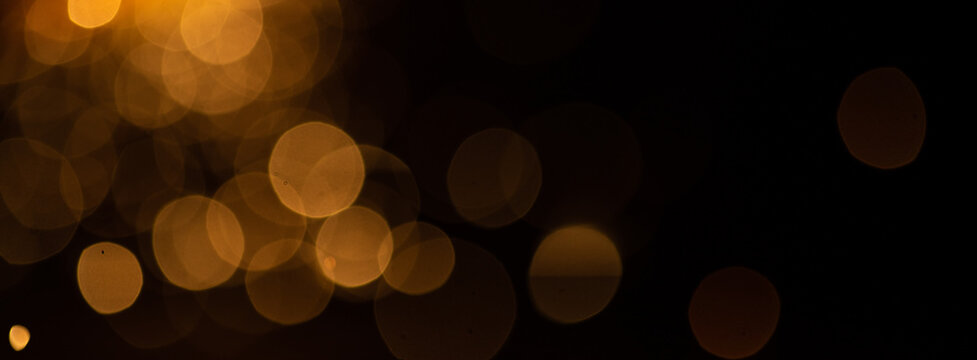
Techniques for Controlling the Quality and Quantity of Bokeh in Your Photos
Controlling the Quality and Quantity of Bokeh in Your Photos
Controlling the quality and quantity of bokeh in your photos is crucial to achieving the desired effect. One way to control the quality of bokeh is by using a lens with a wide aperture, such as f/1.8 or f/1.4. This will create a shallow depth of field, resulting in a creamy and smooth bokeh.
Another way to control the quality of the bokeh is by using a lens with an aperture blade that creates a rounded opening. This will result in circular and pleasing bokeh shapes.
To control the quantity of bokeh, you can adjust your distance from the subject and the background. The closer you are to your subject, the shallower your depth of field will be, resulting in a more pronounced bokeh.
Additionally, you can use a longer focal length lens to compress the background and create more bokeh. Experiment with different techniques to find what works best for your desired effect.

How to Create Dreamy Bokeh Effects with Different Lenses
Creating dreamy bokeh effects with different lenses is a great way to add visual interest to your photos. Prime lenses are a popular choice for achieving beautiful bokeh due to their wide apertures and shallow depth of field. A 50mm f/1.8 lens is a great option for beginners looking to experiment with bokeh photography without breaking the bank. For more advanced photographers, 85mm f/1.4 or f/1.2 lenses can produce stunning bokeh effects with creamy, smooth backgrounds.
Another lens that can create unique bokeh effects is the Lensbaby. This lens allows you to create selective focus and blur in specific areas of your photo, resulting in creative and artistic bokeh.
When shooting with different lenses, it’s important to consider the distance between your subject and background. The closer your subject is to the background, the more pronounced the bokeh effect will be.
Experimenting with different lenses and techniques can help you discover your own unique style when it comes to creating beautiful bokeh in your photos.
Common Mistakes to Avoid When Shooting for Better Bokeh
As with any photography technique, there are common mistakes that can hinder your ability to achieve great bokeh. One mistake is not paying attention to the distance between your subject and background. The farther apart they are, the more pronounced the bokeh effect will be. Additionally, focusing on the wrong part of the frame or using a lens with a low maximum aperture can lead to less desirable results.
Another pitfall is relying too heavily on post-processing tools like Photoshop or Lightroom. While these can certainly enhance existing bokeh effects, it’s important to capture as much of it in-camera as possible. Finally, overcomplicating things by trying too many techniques at once or not making use of natural lighting can detract from achieving stunning bokeh in your photographs.
By being mindful of these common errors and applying the expert tips provided earlier, you’ll be well on your way to mastering beautiful bokeh effects in your photography today.
In conclusion, mastering bokeh in photography is a skill that every photographer should strive to achieve. By understanding the basics of bokeh, experimenting with different lenses and techniques, and avoiding common mistakes, you can create stunning images with beautiful bokeh effects. Remember to always keep your subject in mind and use bokeh as a tool to enhance your photos, not distract from them. With these 10 expert tips, you’ll be well on your way to capturing breathtaking photos with gorgeous bokeh. So grab your camera and start practicing today!
Looking for Lenses: CLICK HERE
FAQs
Who can benefit from learning 10 tips for better bokeh in photography?
Anyone interested in improving the aesthetic quality of their photographs.
What is bokeh and why is it important in photography?
Bokeh refers to the aesthetic quality of the blurred background in a photograph, and it can add depth and visual interest to an image.
How can I achieve better bokeh in my photographs?
By following tips such as using a wide aperture, choosing the right lens, and paying attention to lighting and distance.
What if I don’t have a high-end camera or lens?
You can still achieve good bokeh by using a low aperture setting and getting close to your subject.
How can I avoid common mistakes when trying to achieve bokeh?
Avoid using distracting backgrounds, shooting in harsh lighting conditions, and using a lens with a narrow aperture.
What are some creative ways to incorporate bokeh into my photography?
Experiment with different shapes and colors by using a DIY bokeh filter, or try shooting through objects like leaves or prisms for a unique effe


